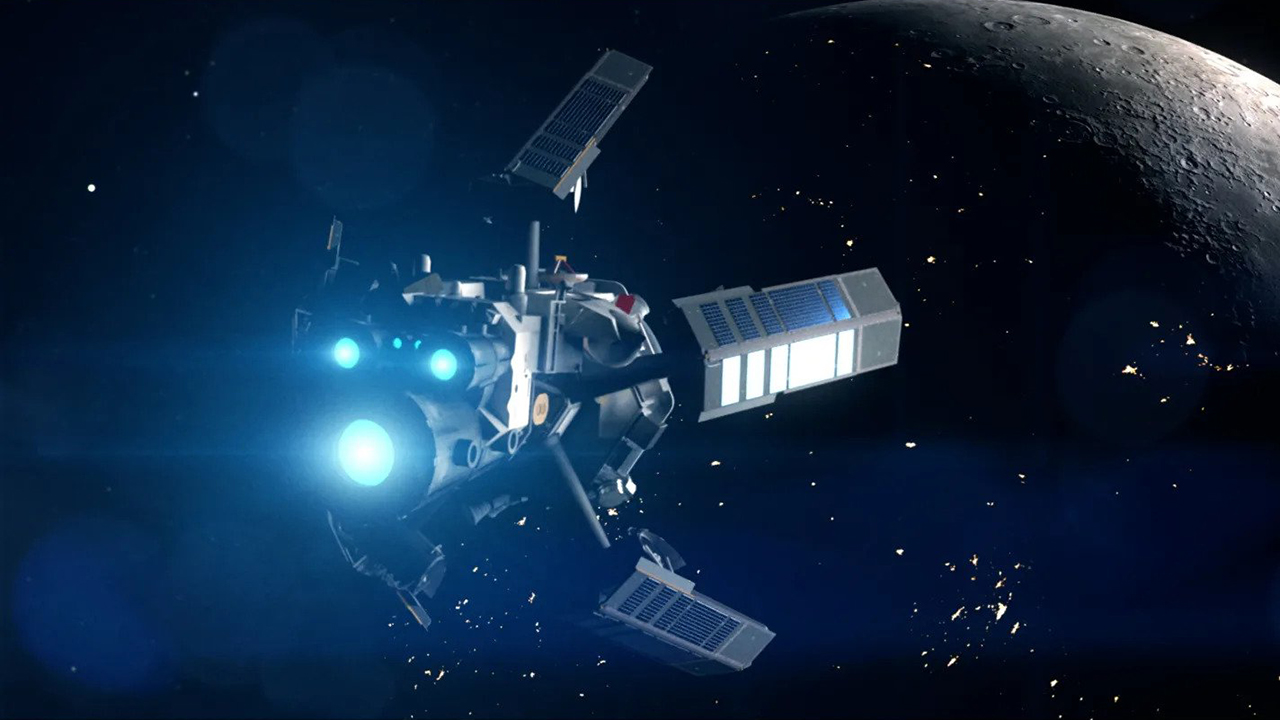The partnership is focused on the Demonstration Rocket for Agile Cislunar Operations, or DRACO, program. The non-reimbursable agreement designed to benefit both agencies, outlines roles, responsibilities, and processes aimed at speeding up development efforts.
According to NASA Administrator Bill Nelson, "With the help of this new technology, astronauts could journey to and from deep space faster than ever – a major capability to prepare for crewed missions to Mars.” Using a nuclear thermal rocket allows for faster transit time, reducing risk for astronauts. Reducing transit time is a key component for human missions to Mars, as longer trips require more supplies and more robust systems. Maturing faster, more efficient transportation technology will help NASA meet its Moon to Mars Objectives.
The other benefits of space travel include increased science payload capacity and higher power for instrumentation and communication. In a nuclear thermal rocket engine, a fission reactor is used to generate extremely high temperatures. The engine transfers the heat produced by the reactor to a liquid propellant, which is expanded and exhausted through a nozzle to propel the spacecraft. Nuclear thermal rockets can be three or more times more efficient than conventional chemical propulsion.
NASA's Space Technology Mission Directorate (STMD) will lead technical development of the nuclear thermal engine to be integrated with DARPA’s experimental spacecraft. DARPA is acting as the contracting authority for the development of the entire stage and the engine, which includes the reactor. DARPA will lead the overall program including rocket systems integration and procurement, approvals, scheduling, and security, cover safety and liability, and ensure overall assembly and integration of the engine with the spacecraft. Over the course of the development, NASA and DARPA will collaborate on assembly of the engine before the in-space demonstration as early as 2027.
"DARPA and NASA have a long history of fruitful collaboration in advancing technologies for our respective goals, from the Saturn V rocket that took humans to the Moon for the first time to robotic servicing and refueling of satellites," said Dr. Stefanie Tompkins, director, DARPA. “The space domain is critical to modern commerce, scientific discovery, and national security. The ability to accomplish leap-ahead advances in space technology through the DRACO nuclear thermal rocket program will be essential for more efficiently and quickly transporting material to the Moon and eventually, people to Mars.”
The last nuclear thermal rocket engine tests conducted by the United States occurred more than 50 years ago under NASA’s Nuclear Engine for Rocket Vehicle Application and Rover projects.
“With this collaboration, we will leverage our expertise gained from many previous space nuclear power and propulsion projects," said Jim Reuter, associate administrator for NASA's Space Technology Mission Directorate (STMD). "Recent aerospace materials and engineering advancements are enabling a new era for space nuclear technology, and this flight demonstration will be a major achievement toward establishing a space transportation capability for an Earth-Moon economy.”
The in-space demonstration planned for 2027.
Source: NASA


